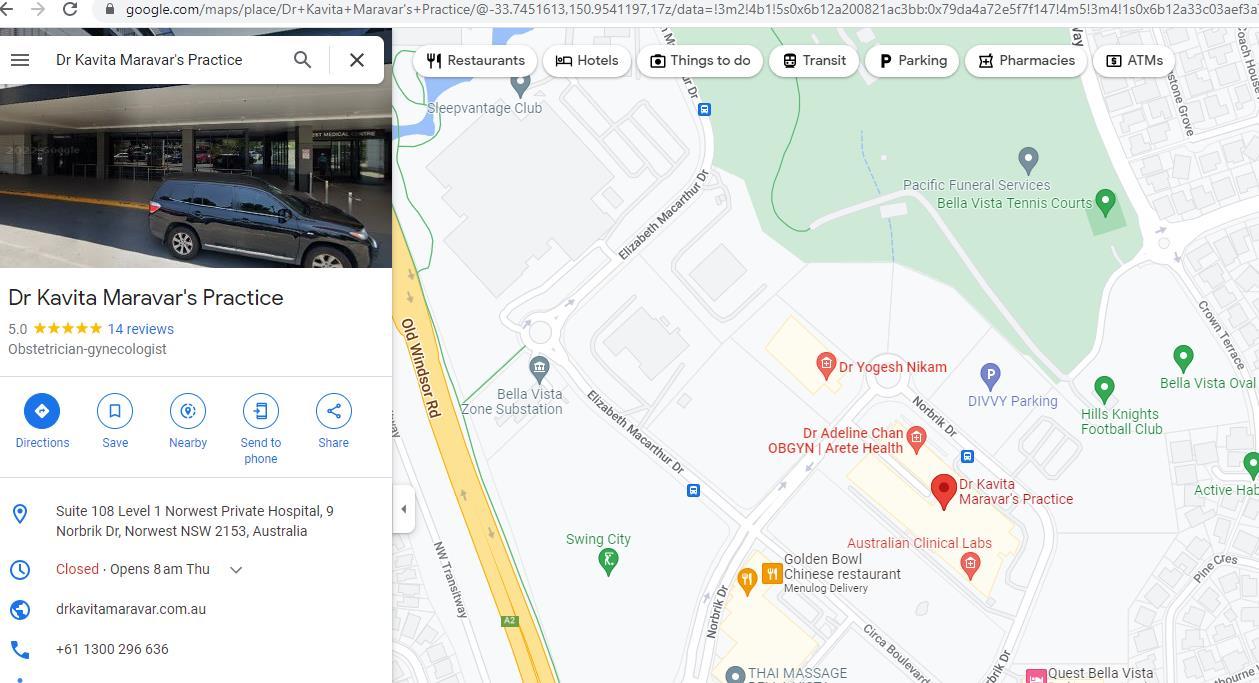Hysteroscopy: Indications and Procedure.
Are you experiencing abnormal bleeding or having trouble getting pregnant? Have you been recommended to undergo a hysteroscopy procedure and are curious about what it entails? Look no further! In this blog post, we’ll be discussing the indications for a hysteroscopy procedure and walking through what happens during the actual procedure. So, sit back, relax, and let’s dive into the world of hysteroscopes!
What is hysteroscopy?
Hysteroscopy is a diagnostic procedure used to visualize the inside of the uterus. A small telescope-like instrument, called a hysteroscope, is inserted through the vagina and cervix into the uterus. The hysteroscope is used to examine the uterine cavity for any abnormal growths or lesions. Hysteroscopy can also be used to treat certain conditions, such as fibroids or polyps, by removing them through the hysteroscope.
Indications for hysteroscopy include abnormal bleeding, pelvic pain, infertility, and repeated miscarriages. Hysteroscopy is generally safe
and well tolerated by patients. The most common complication from the procedure is mild cramping or discomfort.
Indications for hysteroscopy
Hysteroscopy is indicated for a number of reasons, including:
-
-
-
-
-
To investigate the cause of abnormal bleeding
To check for polyps or other growths in the uterus
To evaluate the uterine cavity for abnormalities
To remove polyps or other growths from the uterus
To take biopsies of tissue in the uterus
-
To treat adhesions or scarring in the uterus
To place devices in the uterus, such as a contraceptive device or device to treat excessive bleeding
-
Procedure for hysteroscopy
Hysteroscopy is a minimally invasive surgical procedure that allows your doctor to visualize your uterus. A small telescope-like instrument, called a hysteroscope, is inserted through your vagina and cervix into
your uterus. The hysteroscope is used to examine the inside of the uterus for any abnormalities or problems. Hysteroscopy can be used to diagnose and treat many uterine conditions, such as:
• Fibroids
• Polyps
• Endometriosis
• Adenomyosis
• Uterine septum
• Asherman’s syndrome (scarring of the uterine lining)
• Excessive bleeding
• Infertility
In some cases, hysteroscopy can be used as a treatment method itself. For example, if you have fibroids, your doctor may recommend removing them during a hysteroscopy procedure. Hysteroscopy can also be used to remove polyps or scar tissue from the uterine lining.
If you’re considering hysteroscopy, here’s what you need to know about the procedure:
Indications for Hysteroscopy
Your doctor may recommend a diagnostic hysteroscopy if you’re experiencing abnormal bleeding or pelvic pain. A diagnostic hysteroscopy can help identify the cause of these symptoms.
A therapeutic hysteroscopy may be recommended if you have a condition that can be treated with surgery, such as fibroids or Risks of hysteroscopy
There are several risks associated with hysteroscopy, although they are rare. These include:
- Perforation of the uterus: This can occur if the hysteroscope is inserted too forcefully, or if there is an underlying uterine condition such as fibroids. If this happens, you may require surgery to repair the hole.
- Infection: There is a small risk of infection after the procedure, which can usually be treated with antibiotics.
- Bleeding: You may experience some bleeding and cramping after the procedure, which is normal. However, if you have heavy bleeding or persistent pain, you should contact your doctor.
- Allergic reaction: In rare cases, you may have an allergic reaction to the anesthetic used during the procedure. This can cause difficulty breathing and swelling of the face and throat. If this happens, you will need treatment in hospital.
Alternatives to hysteroscopy
There are a few alternatives to hysteroscopy. One is called sonohysterography, which is an ultrasound of the uterus. This can be used to look for polyps or fibroids. Another alternative is laparoscopy, which is a surgery that involves making a small incision in the abdomen and inserting a camera. This procedure can be used to check for endometriosis or other problems with the reproductive organs.
Conclusion
Hysteroscopy is a minimally invasive procedure used to diagnose and treat gynecological conditions. It can be very helpful in diagnosing issues like uterine fibroids, polyps, endometrial hyperplasia, adenomyosis and Asherman’s syndrome as well as in treating these conditions. While hysteroscopy carries some risks, it remains an important tool for women’s health care providers and can help provide insight into the cause of various fertility problems or other gynecological issues.
For more related information or services,
For more related information or services, please search:
"best gynecologist near me"
Suite 108
Level 1 Norwest Private Hospital
9 Norbrik Dr

Norwest NSW 2153
Australia
